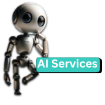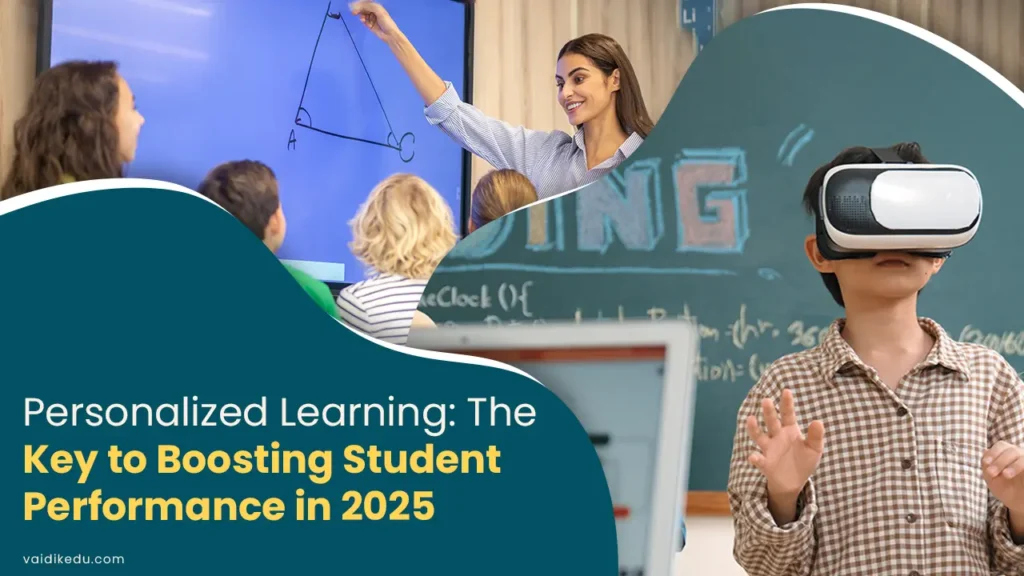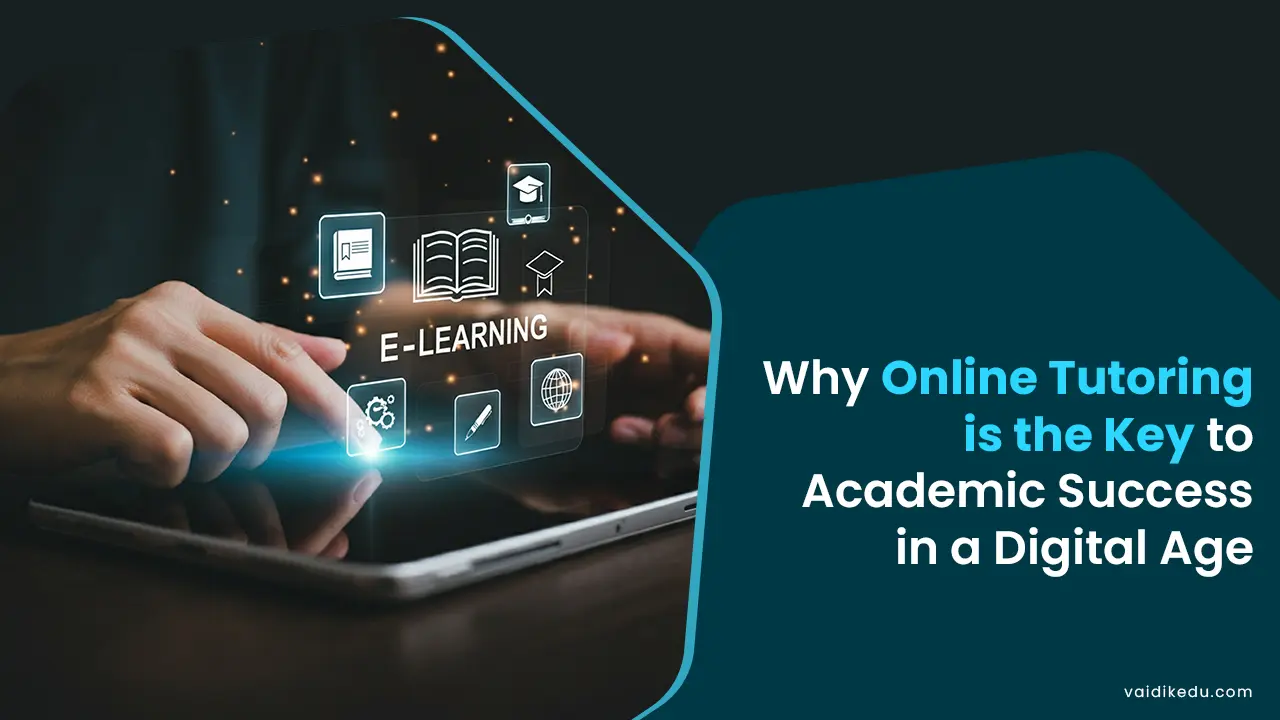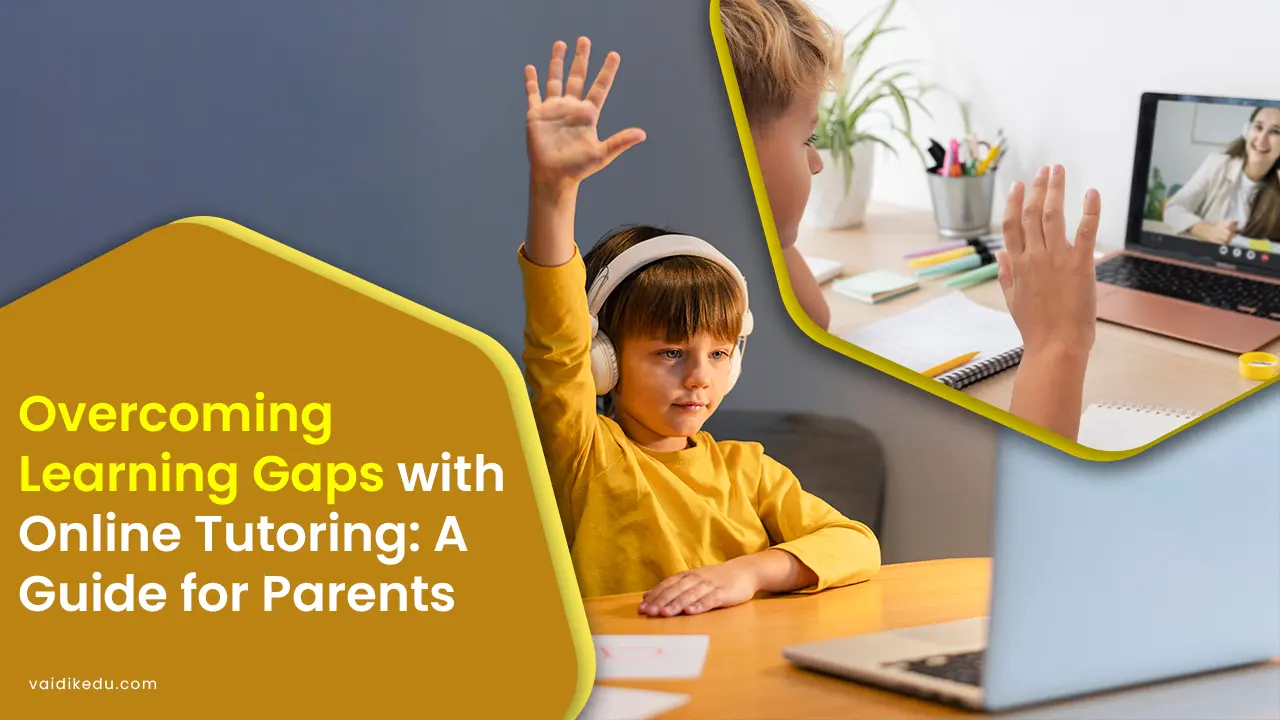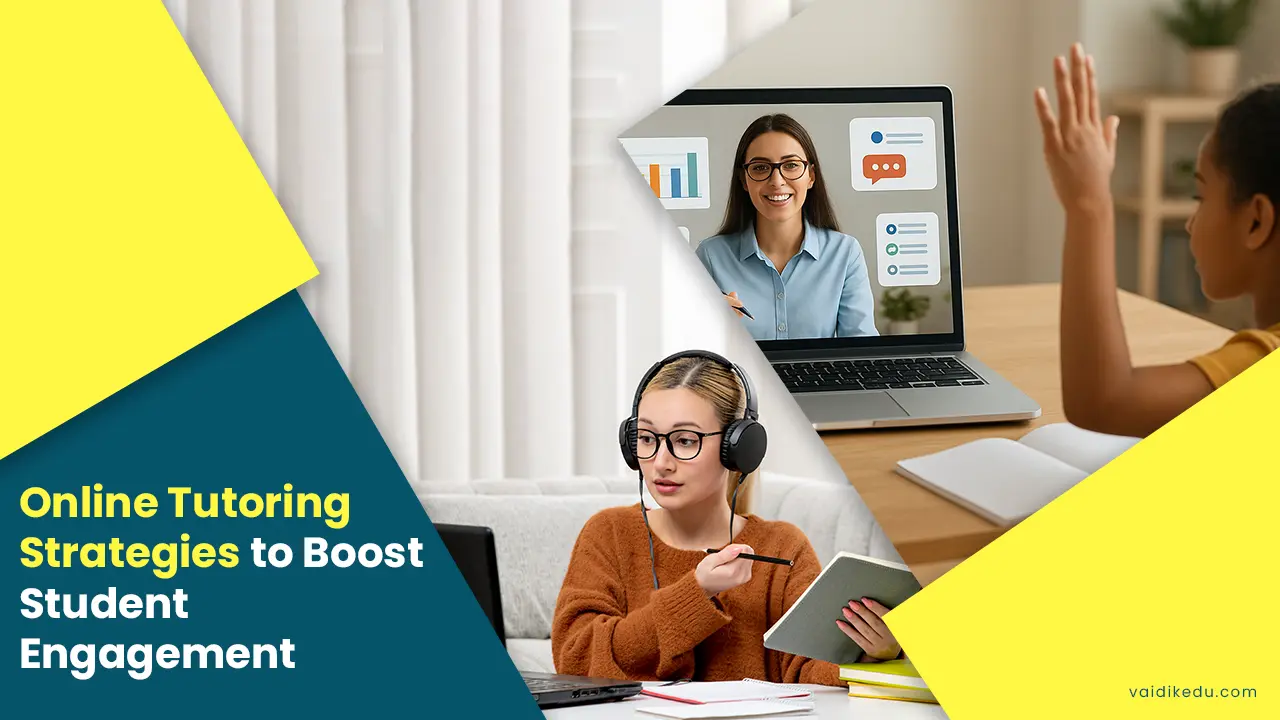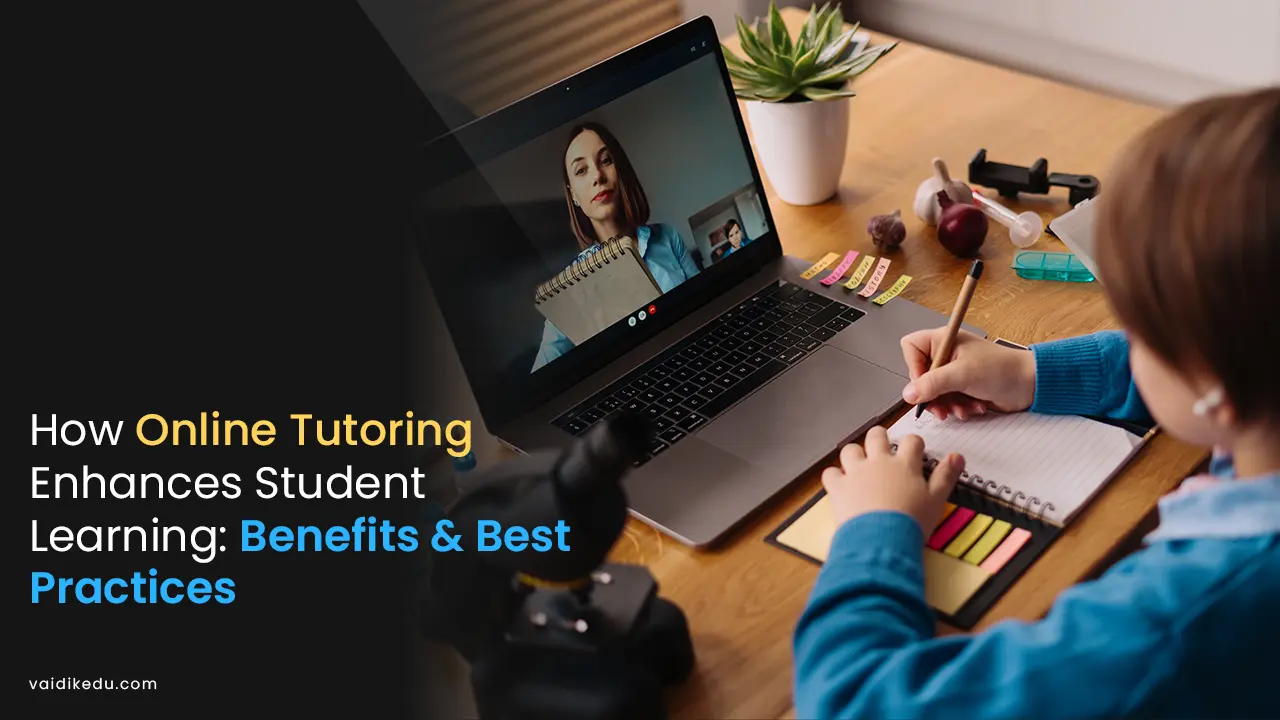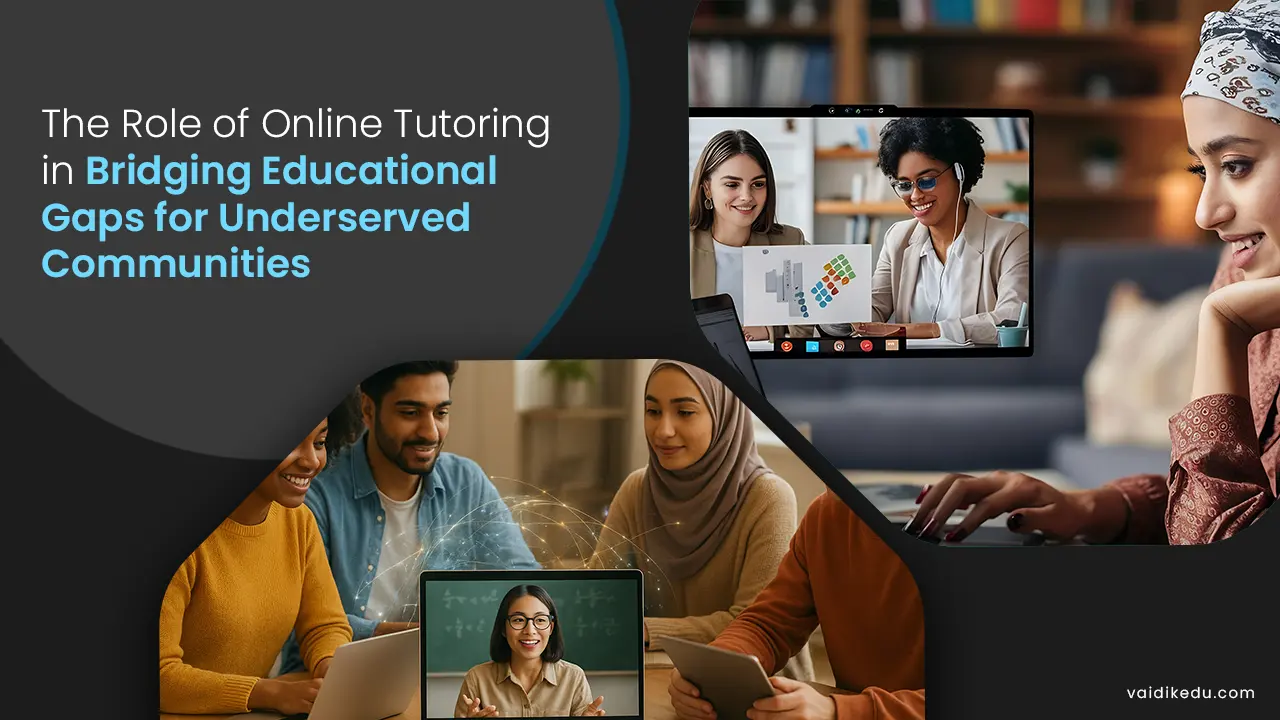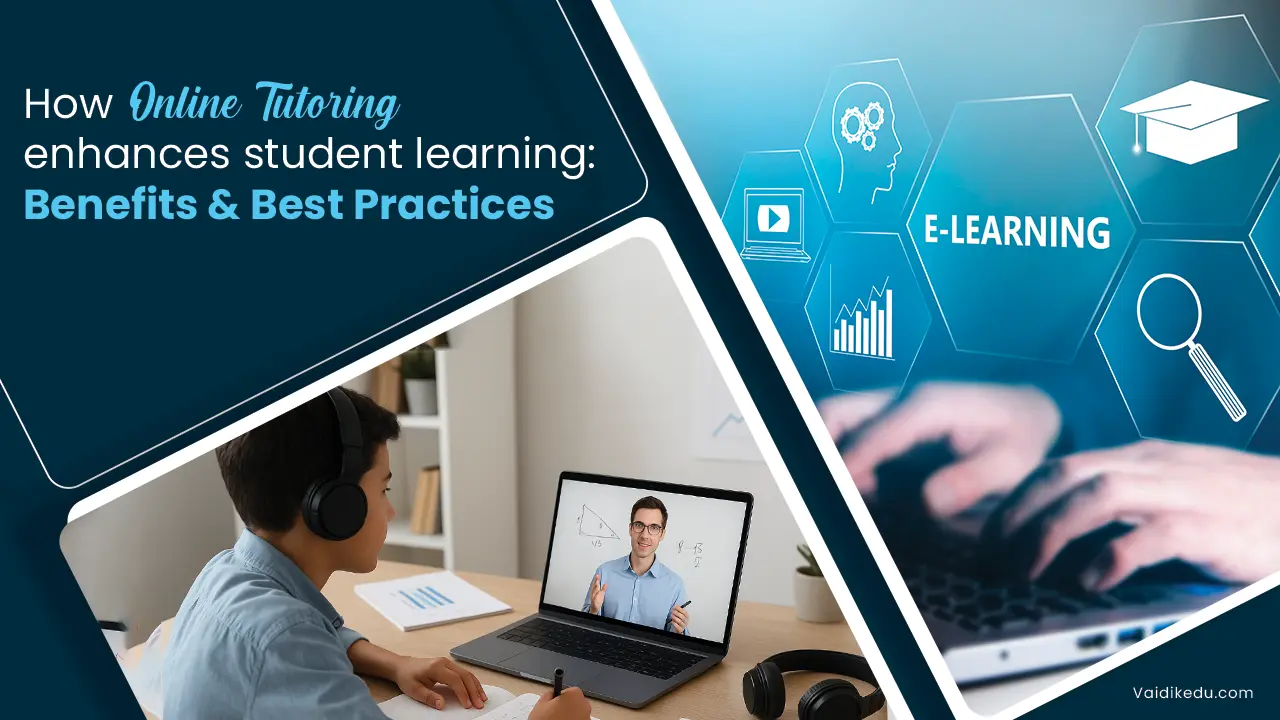Personalised learning is altering how learning is approached. It allows teachers to inspire students to learn through their background or context and dash the values the students are raised with emphasised. In contrast, traditional schooling has placed every student in the same environment.
Personalised learning is, in contrast, a teaching practice instruction tailored to maximise engagement through understanding and motivation to unlock the potential of all learners.
There has never been a time when the requirement for personalised learning has become much more urgent. With the proliferation of technology and innovation, be it artificial intelligence, adaptive learning platforms and data-driven tools.
It has now opened unprecedented venues for implementing effective, personalised strategies. Innovations streamline the teaching process and make informed decisions to better student outcomes for educators.
Evolution:
Personalised learning has dramatically transformed from purely theoretical to practical, something people are familiar with within education. For a long time, teaching methods were mostly standard across classrooms, focusing on the majority needs and grossly disregarding individual variability in the traditional model of classrooms.
Students used to be stuck in a one-piece progression curve, strictly following a fixed curriculum with minimal room for flexibility or personalised development.
The journey toward learning personalisation began with recognising how students learn because of their multiple styles, capacities, and interests. The approach to this and diversity ranged from differentiated instruction, where teaching was modified or adapted to help meet the divergent needs of students in the classroom. While these approaches were suitable, they relied on the schools, resources, time, and educators involved.
The digital era began at the end of the 20th century and continued into the 21st century. Computers, online learning websites, and data analysis allowed teachers to measure student performance, determine each student’s deficit, and provide remedial measures.
New concepts like blended learning and flipped classrooms emerged to marry technology and traditional teaching while allowing students greater control over what they learn and when.
To date, personalized learning has reached new levels, driven primarily by AI and machine learning, as well as adaptive technologies, which enable real-time assessments of students’ capabilities and allow for customized learning pathways aligned to each learner’s unique needs.
The concept of personalisation thus extends well beyond changes in pedagogy to a more general social commitment to equity and inclusion in education, which is underway for every child to succeed on their terms.
Components of Personalized Learning:
Personalised learning is founded on key components that allow curriculum and instruction to be tailored to each student’s needs. With these components working together, a student-centred approach enhances engagement and maximises achievement.
1. Student Agency And Choice: Personalized learning empowers students to take responsibility for their education by offering them choices over what, how, and when to learn. This results in intrinsic motivation, in which the student sets a goal and works harder to learn actively.
2. Data-Driven Decisions: Data analytics monitor students’ progress and identify areas for improvement in personalised learning. Real-time insights provided by tools such as LMSs and AI-driven platforms allow educators to adjust teaching strategies.
3. Mastery-Based Progression: In mastery-based progression, concepts are mastered, not based on age or time in a classroom. Instead, learners progress to the next level only if they thoroughly understand the material. This ensures a sound basis for subsequent learning.
4. Co-operative Learning Opportunities: Personalized learning concentrates on individual needs and uses collaborative activities to promote teamwork and communication skills. Interactions among peers and group projects enhance learning and prepare pupils for real-life settings.
Integrating the above components into a learning system gives a personalized learning and educational environment that caters to individual needs while preparing students for lifelong success in an increasingly complex world.
Technologies Driving Personalized Learning
A significant milestone in personalised learning will occur in 2025 when high-tech innovations transform education delivery and experiences. Such innovations will allow educators to tailor Education to each learner’s different learning styles, making the experience more engaging and interesting.
1. Artificial Intelligence (AI) And Machine Learning (ML): AI and ML technologies lead to personalised learning. These technologies scan large amounts of information from students to predict learning needs, identify gaps in knowledge, and tailor student content and activities. AI tutors can simulate one-on-one instruction by providing instant feedback and adapting to the student’s pace and learning style.
2. Adaptive Learning Platforms: Adaptive learning platforms employ algorithms that alter the difficulty and sequence of lessons according to a student’s progress. The content in platforms like DreamBox, Knewton, and Smart Sparrow is dynamically customised to keep students challenged but not overwhelmed.
3. Learning Management Systems (LMS): The contemporary LMS environment offers personalised features such as tracking student progress, auto-grading, assessments, and course material recommendations. Such a platform is central for managing and delivering personalised educational experiences and content catering to teachers and students.
4. Data Analytics And Dashboards: Data analysis tools help teachers track student performance in real-time. Individual and group progress comes alive in dashboards, which make timely interventions and send adjustments about learning plans. Predictive analytics also help identify at-risk students who challenge and prepare them before intervening.
5. Mobile And Online Learning Platforms: These are available on mobile and online platforms such as Coursera, Edomoto, and Khan Academy. Students can access a customized learning platform anywhere, anytime. Features include offline access and tailored lesson recommendations, making education flexible and inclusive.
These technologies collectively 2025 empower educators and learners to make learning individualised effectively, more accessible and impactful in a way never before seen. Education is transformed from rigid bounds to being student-centric and dynamic.
Advantages of Personalized Learning:
Personalised learning benefits students, teachers, and the education system. Focusing on individual strengths, challenges, and interests is more effective in comprehensively revolutionising the learning process and enhancing outcomes in multiple dimensions.
1. Facilitates Independence And Responsibility: The enhanced control over their learning journey enables students to develop essential skills, such as self-regulation, goal setting, and time management. Personalised learning nudges the child to be a responsible, independent learner who develops lifelong learning habits.
2. Accommodates Diverse Learning Needs: Every student learns differently, and personalised learning accommodates this diversity. Whether a student excels through visual aids, hands-on activities or auditory resources, personalised strategies ensure no one is left behind.
3. Promotes Equity in Education: It emphasises equity in education. Personalised learning fills the achievement gaps by offering adapted support for those struggling in traditional classroom settings. Therefore, all learners are accorded whatever resources and help they need to succeed, irrespective of background.
4. Prepares Students For The Future: In a world of changing job markets and skill requirements, personalised learning optimises student skills related to critical thinking, adaptability, and problem-solving. It develops 21st-century competencies crucial in academic, professional, and personal lives.
Personalised learning can improve academic outcomes and promote holistic development. Focusing on each learner’s unique needs prepares students for an ever-changing world.
Future of Personalized Learning:
Personalised learning is set to revolutionise the world of Education shortly by embracing all that technology and pedagogy have developed for better teaching approaches to suit students’ needs.
The faster pace at which AI and data tools evolve, the more effective predictions of possible learning gaps, proposing personal pathways, and delivery of instant feedback shall redesign students’ learning.
AI-powered virtual tutors and adaptive learning platforms will create highly customised experiences. Students will have the ability to progress at their own pace with specific challenges being addressed.
Virtual and augmented reality will allow students to interact more with immersive technologies in their learning. They can easily visualise abstract ideas, run experiments virtually, or explore real scenarios that cannot be experienced in person.
Additionally, gamification learning systems will raise motivation and involvement as learning becomes more fun and rewarding.
Tomorrow, personalized learning will no longer be limited to class instruction. Education will become a lifelong endeavour, with platforms to support skill-building, reskilling, and career development.
It will offer resource points related to specific achievements and create opportunities for continuous learning beyond formal education.
Globalisation projects that develop low-cost access to the Internet and educational tools will allow personalised learning to reach the most overlooked communities and bridge the gap in educational equity.
Ultimately, it is about the future of personalized learning and education that adjusts to the needs and interests of learners, preparing students for the highly changing world while focusing on academic success.
Personalised learning can help students develop fundamental skills such as critical thinking, creativity and adaptability to thrive in an interconnected and dynamic global environment.
Frequently Asked Questions
Personalised learning is an instructional approach that matches instruction to each student’s needs, interests, and talents, unlike other teaching methods with standardised instruction. For all pupils, in a way that is the same for everyone in personalised learning, students can progress at a pace that makes sense to them. Focus on areas in which they experience difficulties and interact with material on topics of special interests and learning strengths.
Technology will play a central role in personalised learning, with tools such as adaptive learning platforms, AI, and data analytics. These tools assess performance, suggest learning paths for specific students, and give real-time feedback. They incorporate immersive technologies, including VR and gamification, to boost engagement through interaction and engagement, making things dynamic and alive.
Personalised learning increases student access to learning success, motivation, and engagement because it considers the child’s experiences and needs. It creates independence, promotes responsibility, encourages thorough mastery of concepts, and allows for differentiation between learners. Furthermore, it helps close achievement gaps so that all students can receive fair access to a quality education.

